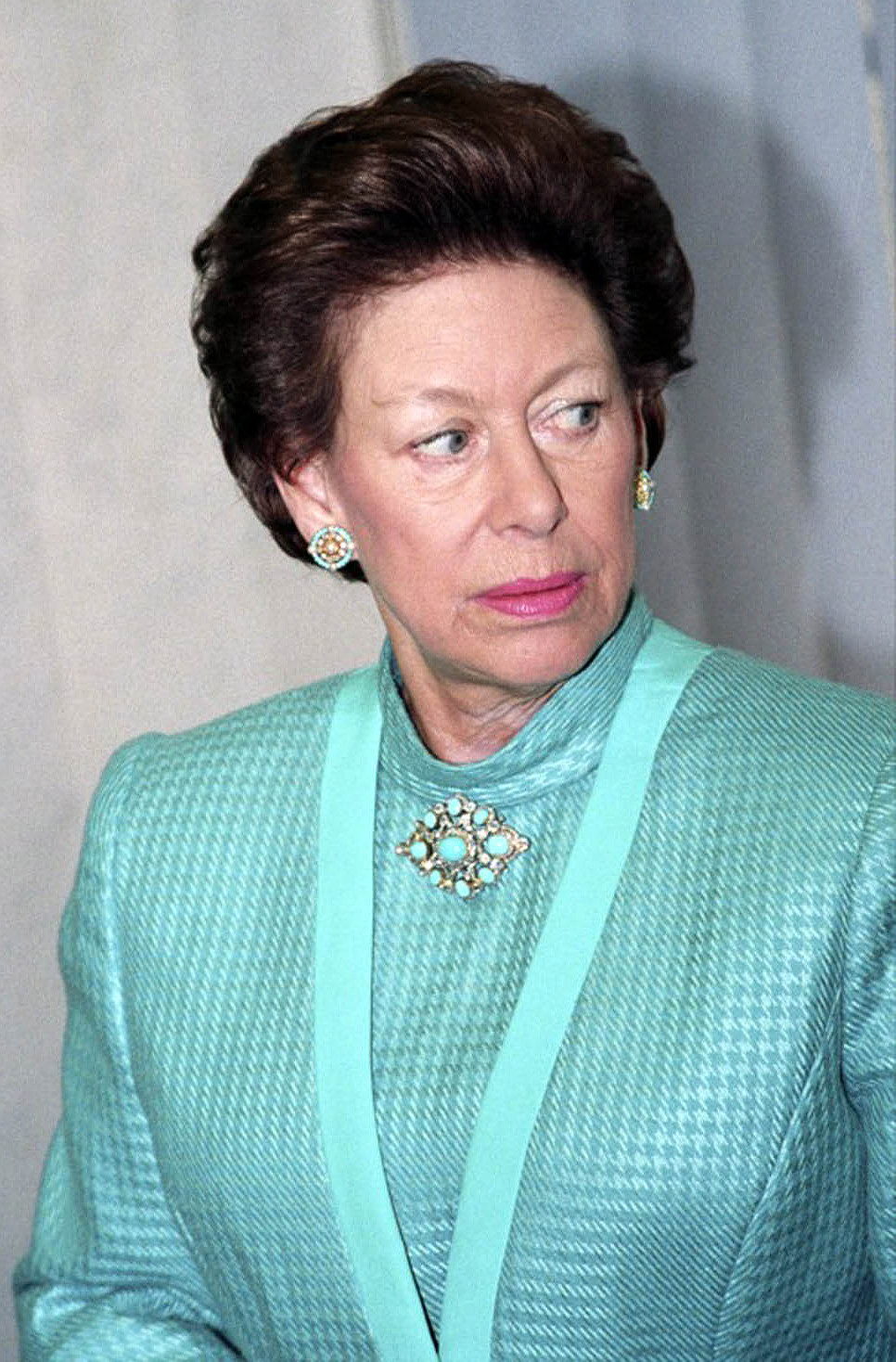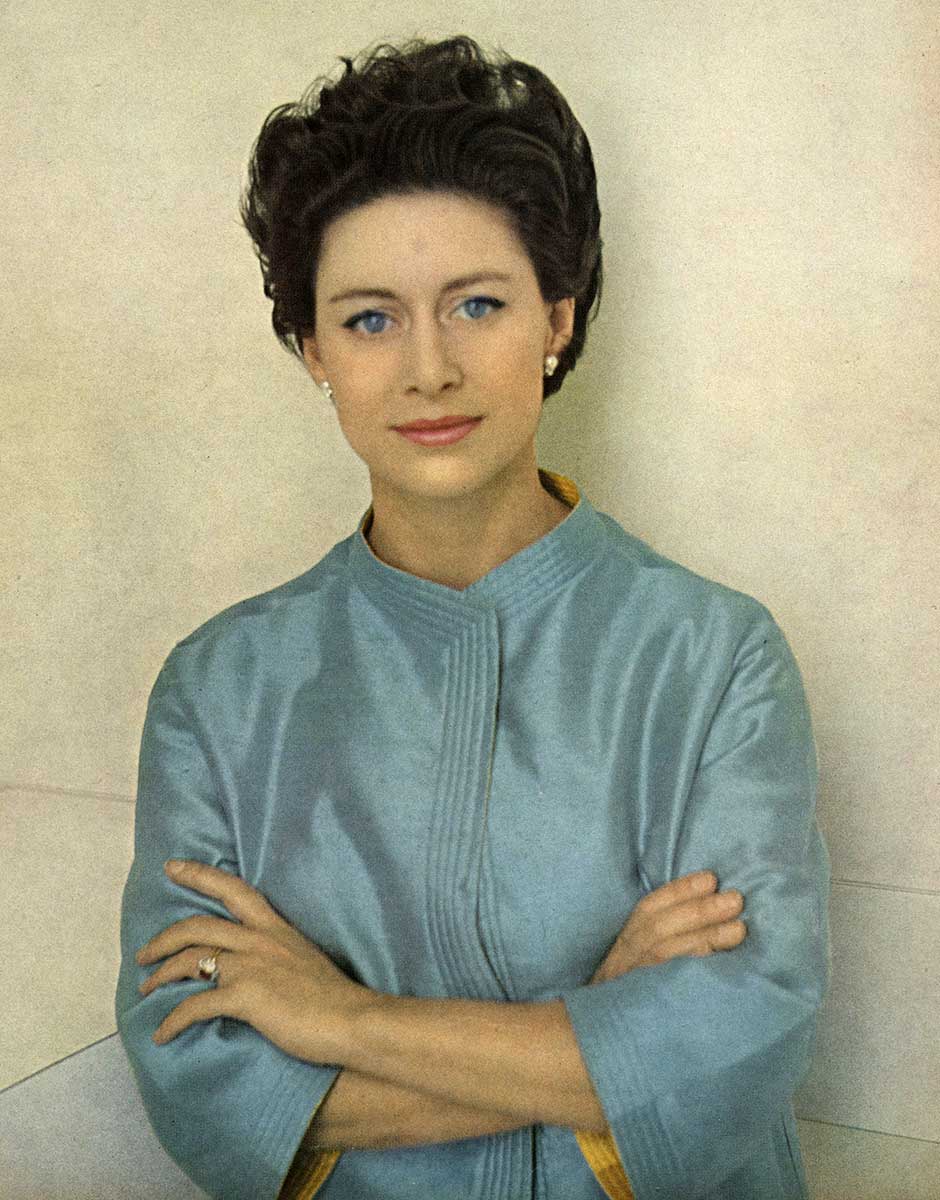Margaret Qualley - Unveiling Her Public Persona
There's a natural pull, a kind of curiosity, when it comes to people who live their lives in the public eye. We often find ourselves wondering about the individuals behind the roles, the real person beyond the screen. This interest can extend to all sorts of things, from their acting choices to how they present themselves, and sometimes, too it's almost, what they might reveal about themselves through their work. It's a very human tendency, wanting to get a closer look at those we admire or whose craft truly captures our attention.
When we talk about someone like Margaret Qualley, a performer who has certainly made a name for herself, people often have a good deal of interest in her various screen appearances. It's not just about the stories she helps tell, but also the way she brings characters to life, often with a remarkable sense of openness. This can lead to conversations about the choices actors make, the art they create, and how those performances are received by a wide audience, you know, what people talk about afterwards.
This article aims to look at some of these ideas, considering the general fascination with public figures and the performances they offer. We'll explore how discussions around a person like Margaret Qualley can sometimes focus on very specific aspects of their on-screen presence, and what that might mean for how we think about storytelling and the people who tell those stories. It's about understanding the broader picture, really, of how public interest shapes what we see and talk about.
Table of Contents
- Getting to Know Margaret Qualley - A Brief Look
- What Does It Mean to Be a Public Figure, Anyway?
- How Do Names Shape Our Perception, Really?
- Is There More to See Than Just the Surface?
- What About the Conversations Around Margaret Qualley's Work?
Getting to Know Margaret Qualley - A Brief Look
When we think about well-known people, especially those who work in films and television, there's always a general picture that comes to mind. Margaret Qualley, for instance, is someone who has certainly made a mark in the entertainment world. She's a performer, someone who takes on different parts and brings them to life for audiences. Her work often involves stepping into the shoes of varied characters, and she has gained recognition for her efforts in these creative undertakings. It's pretty clear, actually, that she's built a solid presence in her field.
Many people know her for her acting contributions, which span a range of productions. She has a way of making her roles feel quite real, which is a big part of what draws people to her performances. This kind of ability, to really get into a character, is something that viewers often appreciate. So, when we talk about Margaret Qualley, we're talking about a professional who is known for her work on screen, and for the way she approaches the art of acting, really.
It's interesting to consider how a person's public image forms, and how their professional activities play into that. For someone like Margaret Qualley, her acting choices and the parts she takes on are a central part of how she is seen by the general public. She's a face that many people recognize, and her work is a key element of her public identity. This is just a little bit about her background as a performer, setting the stage for more discussion about how her work is perceived.
What Does It Mean to Be a Public Figure, Anyway?
Being a public figure means that a lot of people have an eye on you, more or less, and that what you do, especially in your work, gets a good deal of attention. It’s not just about what you say, but also how you appear, what kinds of stories you help tell, and the way those stories are presented to everyone watching. For performers, this means that their on-screen moments, even very personal ones, become part of a larger conversation. It's a very unique way of living, where your professional life is often seen through a magnifying glass.
This public gaze can be pretty intense, actually. People form ideas and opinions based on what they see, and those ideas can stick. When an actor takes on a part that requires them to show a lot of themselves, perhaps in a very exposed way, it naturally sparks discussions. These talks can be about the artistic reasons behind such choices, the message of the story, or simply the human body itself. It’s all part of the way we, as an audience, interact with the art being made, you know, what we take away from it.
So, when someone like Margaret Qualley appears in a role that asks her to be quite open, it becomes part of this bigger picture of public viewing. It's not just a scene; it's a piece of a larger artistic work that is then talked about, shared, and sometimes, very, very closely examined. This is just how things tend to be when you are a person whose work is put out for everyone to see. It’s a give and take between the creator and the audience, really, in some respects.
The Public Gaze and Margaret Qualley's Appearances
The general public often has a strong focus on how actors look and what they reveal in their roles, particularly when it comes to scenes that involve a certain level of personal exposure. For someone like Margaret Qualley, whose performances sometimes include moments of vulnerability, these appearances can become a central point of discussion. People talk about them, they analyze them, and sometimes, they become the very thing that many remember about a particular show or film. It's a curious aspect of public life, this intense focus on physical presence.
It's like, you know, when a performer commits fully to a character, sometimes that means showing a side of themselves that is quite raw. This kind of dedication often gets noticed, and it contributes to the overall conversation around Margaret Qualley and her work. These moments, where an actor is asked to be very open, are not just random; they are typically part of a story, a way to convey a character's feelings or circumstances. Yet, the public's eye often fixes on the immediate visual, making it a topic of interest, pretty much.
The way these appearances are talked about can vary a lot, from critical analysis of the artistic intent to more casual conversations. It's all part of the dialogue that surrounds public figures and their creative outputs. The fact that Margaret Qualley has been in roles that require such openness means that these discussions are a natural part of her public story. It's just how the public engagement with a performer's image works, in a way, when they put themselves out there for their art.
Artistic Choices and Margaret Qualley's Portrayals
Actors make a lot of choices when they take on a part, and these decisions are often deeply tied to the story they are trying to tell and the person they are trying to become on screen. When Margaret Qualley takes on a role, her portrayals are a result of many thoughtful considerations about the character's journey, their feelings, and how best to communicate those to the audience. Sometimes, a character's story calls for a level of openness that might surprise some viewers, but it's usually for a specific reason within the narrative. It's about bringing truth to the character, honestly.
The decisions about what to show, and how to show it, are typically made with the director and the creative team. These are not just random acts; they are often very deliberate choices aimed at making the story feel more real, or to make a particular point about the character's situation. For Margaret Qualley, her willingness to commit to these artistic needs has been a notable part of her work. She seems to approach these parts with a focus on the character's truth, which is a big part of what makes her performances stand out, you know.
So, when we see Margaret Qualley in a portrayal that might be considered bold or very revealing, it's generally an outcome of these artistic choices. It's about serving the story and the character, allowing the audience to truly connect with what's happening on screen. These moments are usually about more than just the surface; they're about the depth of the performance and the meaning behind it. It's a pretty essential part of acting, really, pushing boundaries to tell a compelling story.
How Do Names Shape Our Perception, Really?
It's interesting to think about how names, just simple words we're called, can actually shape how we see someone or even how we feel about them. A name can carry a sense of history, a bit of tradition, or even suggest a certain kind of personality. For instance, in "My text," there's a conversation about names like Lily Margaret, Cora, Ava, and Bethany. These names, like "Margaret," often bring to mind different feelings or ideas. It's almost as if names have their own quiet stories, influencing our first impressions, you know.
The discussion in "My text" also touches on how some names are seen as more "traditional" or "folksy," while others might feel a bit more "trendy." This shows that names aren't just labels; they come with a certain feel or image attached to them. When we hear a name like Margaret, it might evoke a sense of something classic, perhaps even a bit enduring. This subtle influence of a name can play a role, albeit a small one, in how we initially perceive a public figure who carries that name, like Margaret Qualley. It's a rather quiet but persistent influence, in some respects.
So, while a name doesn't tell us everything about a person, it does start a little pathway in our minds. It's like the first note in a song, setting a certain tone. The name Margaret, as explored in "My text" through examples like "Lily Margaret" or even the doll's name "Margaret Mildred Kittredge," carries a certain weight and history. This general idea of names having character, if you will, can subtly color our initial thoughts about a person, even a well-known one, before we even get to know their work. It's just a little piece of the puzzle, actually, in how we form impressions.
The Sound of "Margaret" and Public Image
The very sound of a name, like "Margaret," can carry a certain feel or impression that might, in a very subtle way, contribute to a person's public image. "My text" talks about names like "Lily Margaret" and how "Margaret is oh's mums name," suggesting a connection to family and tradition. This kind of name often feels familiar, maybe a bit comforting, and perhaps even suggests a certain groundedness. It's a name that has been around for a long time, and that history can lend a sense of reliability, you know, to the person who carries it.
When we hear the name Margaret Qualley, the "Margaret" part might unconsciously bring up these feelings of familiarity or a connection to something established. It's not that the name dictates her public image entirely, but it certainly plays a small part in the initial perception. Names like "Cora," "Ava," or "Bethany," also mentioned in "My text," each have their own distinct feel, and "Margaret" is no different. It has a classic ring to it, which could, in a quiet way, add to how she is seen by the general crowd, pretty much.
So, while her acting and public actions are the main drivers of her public persona, the name itself, "Margaret," acts as a kind of gentle background note. It's a name that has a certain weight, a history, and a commonly understood feeling associated with

File:Princess Margaret.jpg - Wikimedia Commons

Young Princess Margaret

Princess Margaret, Royal Rebel: How Her Early Heartbreak and Headstrong